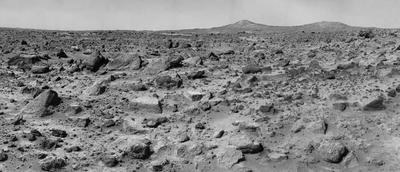14 January, 2003
Antarctica and Mars
When you are in the Dry Valleys it is very easy to imagine yourself walking
on Mars. There isn't a hint of life - no bugs, snakes, birds, or any sounds
of animals. In fact, there isn't much in the way of any type of sound other
than the wind. When NASA wanted to test their landers for Mars they selected
the Dry Valleys to test them. The air is very dry, it's rocky, has boulders
and steep slopes, and it looks like Mars! Where we are there are whitecaps
on some of the higher mountains and frozen lakes, evidence of water,
otherwise the environment appears quite alien.
Then there's the ventifacts! (one of my favorite features)
Cold, Hard Facts: Antarctica vs. Mars
Length of a day in Antarctica: 24 hours
Length of a day on Mars: 24 hours and 37 minutes
Surface pressure at the South Pole: The equivalent of 10,600 ft (3,231 m)
[actual elevation: 9,300 ft]
Surface pressure on Mars: The equivalent of 100,000 ft (30,480m) altitude on
Earth
Temperature ranges in Antarctica: 59F (15C) high, Vanda Station 1/74; -128F
(-89C) low Vostok Station 5/83
Ground temperature recorded on Mars by the Pathfinder: 65F (18C) high during
daylight; -130F (-90C) low at night
Highest point in Antarctica: Vinson Massif, 16,067 ft (4.9 km)
Highest point on Mars: Olympus Mons, 78,740 ft (24 km)
Deepest point in Antarctica: Bentley Subglacial Trench -8,333 ft (-2.5 km)
Deepest point on Mars: Hellas Planitia, an impact crater in the southern
hemisphere -25,590 ft (-7.8 km)
Source: NSF, Steve Hoffman of SAIC, NASA as printed in The Antarctic Sun
12/29/02

1. The surface of Mars as taken by NASA's Pathfinder spacecraft in July 1997

2. Bull Pass, Antarctica has a very similar terrain to Mars
Contact the TEA in the field at
.
If you cannot connect through your browser, copy the
TEA's e-mail address in the "To:" line of
your favorite e-mail package.
|
